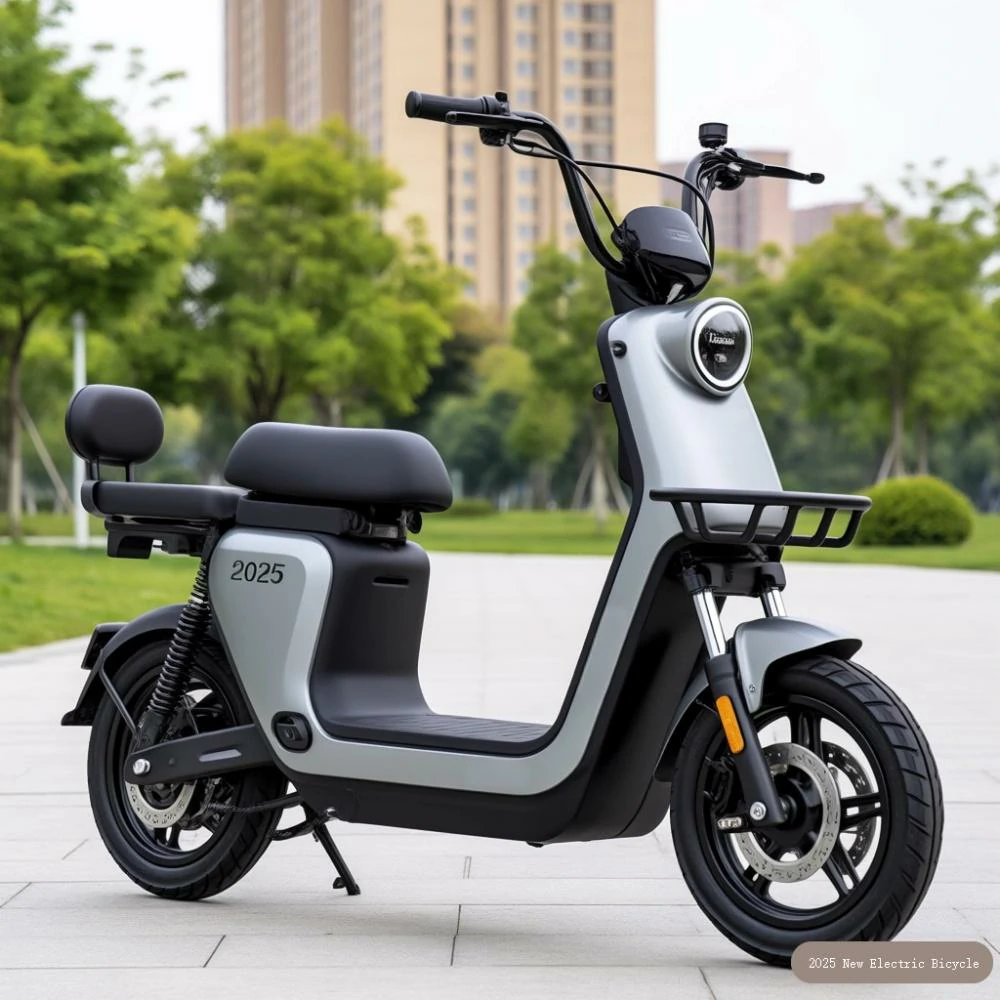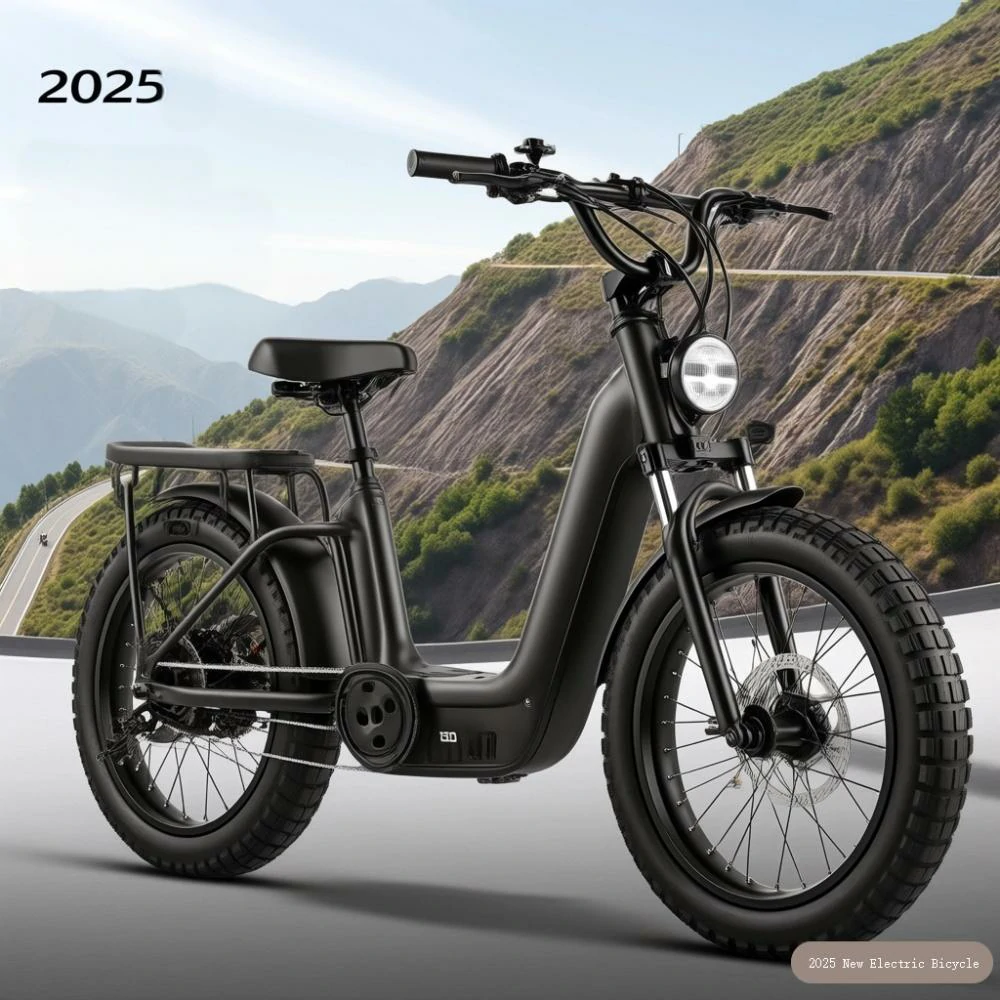What temperature range are suitable for using various bicycle batteries
2025-08-28
The common types of bicycle batteries and their applicable temperature ranges are analyzed as follows:
1. Lead acid batteries
- Applicable temperature range: 5 ℃~35 ℃ (preferably around 25 ℃)
- Low temperature impact: significant capacity decay and reduced charging and discharging efficiency at low temperatures.
- High temperature effects: accelerated aging, increased self discharge rate, long-term high temperature use will shorten the lifespan.
- Typical scenario: Traditional electric bicycles are commonly used, with low cost but poor temperature resistance, and extreme temperature environments need to be avoided.
2. Lithium batteries (mainstream type)
(1) Three element lithium battery (NCM/NCA)
- Applicable temperature range:
- Job: -20 ℃~60 ℃ (theoretical range)
- Best performance: 15 ℃~35 ℃ (electric vehicles maintain this range through BMS active temperature control)
- Low temperature performance:
- -At 20 ℃, the capacity decay is about 30%, and the low-temperature discharge efficiency decreases.
- Lithium iron phosphate (LFP) has better low-temperature performance than ternary lithium, but its energy density is slightly lower.
- High temperature performance:
- Long term high temperature (>45 ℃) will accelerate aging, affecting lifespan and safety.
- Polymer lithium batteries have slightly stronger high-temperature resistance, theoretically reaching up to 80 ℃, but long-term high temperatures are still unfavorable.
- Typical scenario:
- The mainstream choice for electric vehicles is high energy density demand.
- The high-end models of electric bicycles require a balance between cost and performance.
(2) Lithium iron phosphate battery (LFP)
- Applicable temperature range:
- Job: -20 ℃~60 ℃ (theoretical range)
- Best performance: 10 ℃~35 ℃
- Low temperature performance:
- Superior to ternary lithium, with minimal capacity decay at -20 ℃, suitable for cold regions.
- High temperature performance:
- Excellent thermal stability (stable within 500 ℃) and higher safety than ternary lithium.
- Typical scenario:
- Low end models of electric bicycles (cost sensitive, safety priority).
- Energy storage field (such as solar cell backup power).
3. Nickel hydrogen batteries (NiMH)
- Applicable temperature range:
- Conventional type: 0 ℃~50 ℃
- Low temperature type: -30 ℃~50 ℃
- Wide temperature range: -20 ℃~80 ℃
- Low temperature performance:
- Low temperature self discharge rate, suitable for cold regions, but low temperature discharge current.
- High temperature performance:
- The wide temperature type can withstand 80 ℃, but the self discharge increases at high temperatures, and long-term use requires temperature control.
- Typical scenario:
- Hybrid electric vehicles (such as Toyota Prius).
- Special needs for electric bicycles (such as in extremely cold regions).
Comprehensive comparison and recommendation
| Battery Type | Optimal temperature range | Low temperature adaptability | High temperature adaptability | Applicable scenarios |
|---|---|---|---|---|
| lead-acid battery | 5℃~35℃ | poor | poor | Traditional electric bicycles (cost sensitive) |
| ternary lithium battery | 15℃~35℃ | moderate | moderate | High end electric bicycles/electric vehicles |
| lithium iron phosphate battery | 10℃~35℃ | Excellent | Excellent | Mid to low end electric bicycles/energy storage |
| Nickel-metal hydride battery | 10 ℃~30 ℃ (conventional) | Excellent (Low Temperature Type) | Medium (wide temperature type) | Special environment (extremely cold/high temperature) |
Usage recommendations
- Daily use:
- Avoid prolonged use or charging in environments below 0 ℃ or above 40 ℃.
- Keep the battery level between 25% and 85% during storage to avoid overcharging/overdischarging.
- Extreme temperature treatment:
- Low temperature: Preheat the battery (such as electric vehicle preheating function) or reduce high current discharge.
- High temperature: Avoid direct sunlight and choose a cool place to park or charge.
- Vehicle model matching:
- High end models: Priority given to ternary lithium (high energy density).
- Cold regions: Choose lithium iron phosphate or low-temperature nickel hydrogen batteries.
Cost sensitive type: Lead acid batteries (subject to poor temperature resistance).


Recommended bicycle batteries:
